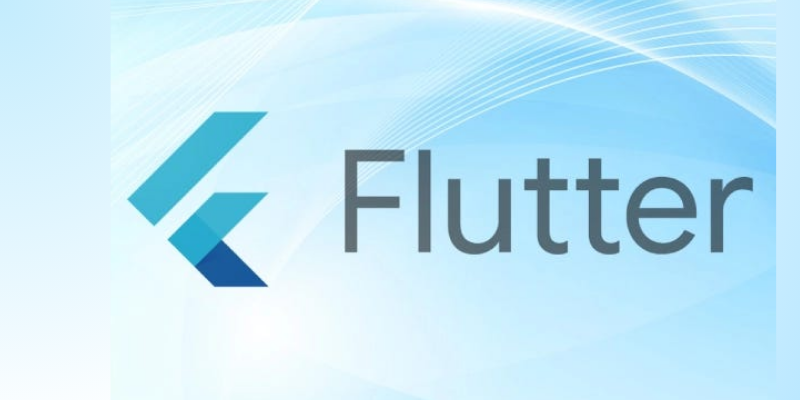
Flutter, Google’s UI toolkit for building natively compiled mobile, web, and desktop applications from a single codebase, offers developers immense flexibility and power when creating user interfaces. One of the standout features of Flutter is its ability to create custom widgets, allowing developers to design and implement UI components tailored to their specific needs. To enhance your Flutter skills, finding reputable Flutter Training in Chennai offered by FITA Academy can provide valuable guidance and resources. In this blog post, we will explore the process of creating custom widgets in Flutter, from defining their structure and appearance to leveraging them in your applications.
Understanding Widgets in Flutter
In Flutter, everything is a widget, from buttons and text inputs to entire screens. Widgets are the building blocks of Flutter applications, representing the UI elements that users interact with. Understanding the basics of widgets is essential for creating custom widgets effectively.
Creating Custom Stateless Widgets
Stateless widgets are immutable UI components whose properties cannot change once they are instantiated. Creating custom stateless widgets involves defining a class that extends StatelessWidget and implementing the build method to return the desired UI structure.
Building Custom Stateful Widgets
On the other hand, stateful widgets can maintain a state that can change over time. To create custom stateful widgets in Flutter, developers must define a class that extends StatefulWidget and implement both a State class and a build method.
Implementing Custom Widget Composition
Flutter allows developers to compose widgets by combining multiple widgets into more complex structures. Custom widget composition involves nesting widgets within each other to create reusable and modular UI components. For developers looking to master this skill and advance their Flutter expertise, exploring Flutter Online Courses can be highly beneficial.
Customizing Widget Appearance with Themes
Flutter’s theming system enables developers to customize the appearance of widgets globally across an application. Developers can ensure consistency and coherence in their UI designs by defining and applying themes.
Optimizing Performance of Custom Widgets
Performance optimization is crucial when working with custom widgets in Flutter, especially for complex UIs with many interactive elements. Techniques such as minimizing widget rebuilds and optimizing layout performance can help improve the responsiveness and efficiency of custom widgets.
Creating custom widgets in Flutter opens up a world of possibilities for developers to craft unique and engaging user experiences. By understanding the fundamentals of widgets, implementing custom stateless and stateful widgets, leveraging widget composition and theming, optimizing performance, and visually stunning UIs that set their applications apart. For those seeking to enhance their Flutter and custom widget creation skills, enrolling in a reputable Training Institute in Chennai can provide valuable hands-on experience and mentorship to further excel in Flutter development.